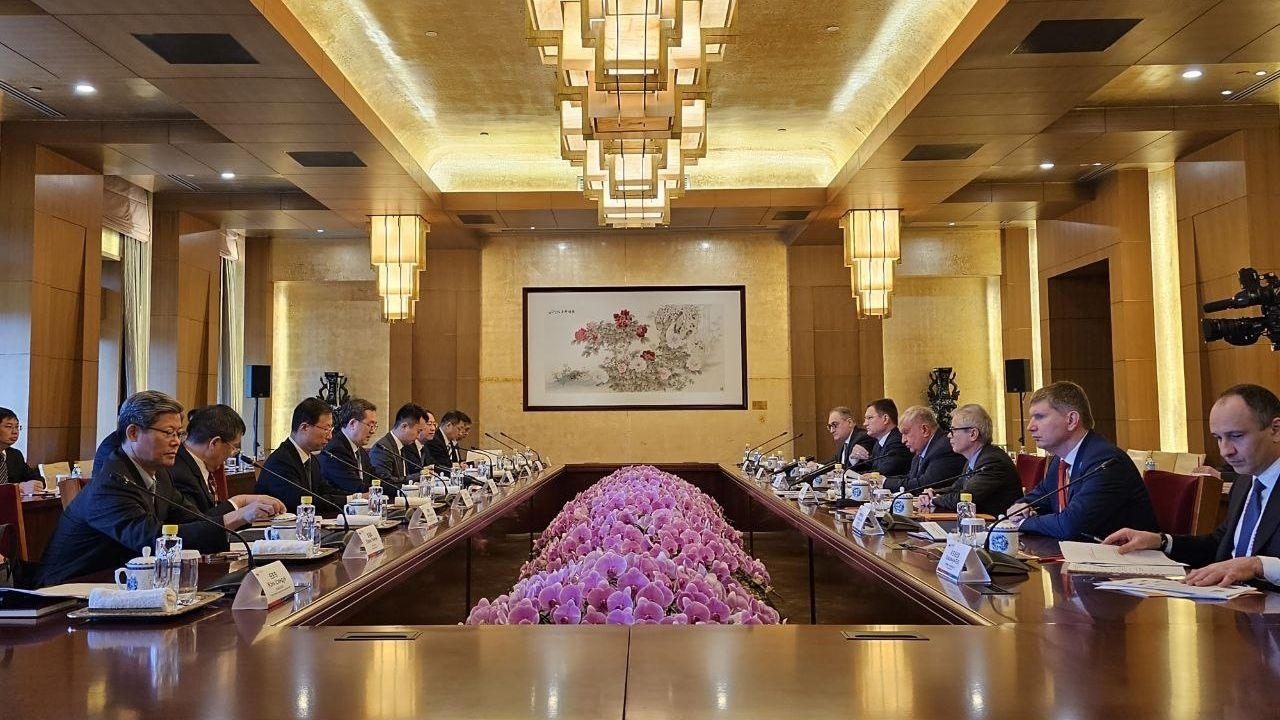Russia ranks fourth among LNG exporters to China

Russia and China have outlined measures to increase the cargo transit potential of the Northern Sea Route (NSR) with the prospect of expanding seaborne traffic on this route between the countries to at least 50 million tonnes per year by 2030, the Russian government press office said.
Alexander Novak Russian Deputy Prime Minister has completed a working visit to China, where he spoke at the 5th Russian-Chinese Energy Business Forum and held a meeting of the co-chairs of the Intergovernmental Russian-Chinese Commission on Energy Cooperation with Ding Xuexiang, Vice Premier of the People's Republic of China.
In his speech at the business forum, Alexander Novak cited data on sales of Russian energy resources to China and assessed the prospects for expanding cooperation both in the field of fossil fuels and renewable energy sources and climate initiatives.
“Russia ranks fourth among LNG exporters to China. Taking into account the projects that are currently being implemented, Russia could become the main reliable supplier of LNG to China in the future,” Alexander Novak was quoted as saying. He also noted the expansion of cooperation between Russia and China on projects in the nuclear sector, LNG, development of coal deposits and increasing energy supplies.
PortNews has earlier reported that Russian President Vladimir Putin, at the opening ceremony of the III International Forum “One Belt, One Road” in China on October 17, invited partner countries to actively use the transit potential of the Northern Sea Route and welcomed interested states to directly participate in the NSR development.
The Northern Sea Route is Russia’s unified transportation artery in the Arctic. It runs along the northern coast of the country along the seas of the Arctic Ocean (Kara, Laptev, East Siberian, Chukotka), connecting the ports of the European part of Russia and the mouths of navigable Siberian rivers with the Far East. In August 2022, the Russian government approved a plan for the development of the Northern Sea Route until 2035, which included more than 150 measures. Overall, the government assigned about 1.8 trillion rubles for its financing.
In line with Russia's multi-phased plan, the annual cargo shipping on the Nothern Sea Route should reach 80 million tonnes in 2024, 150 million tonnes in 2030, and 220 million tonnes in 2035.



